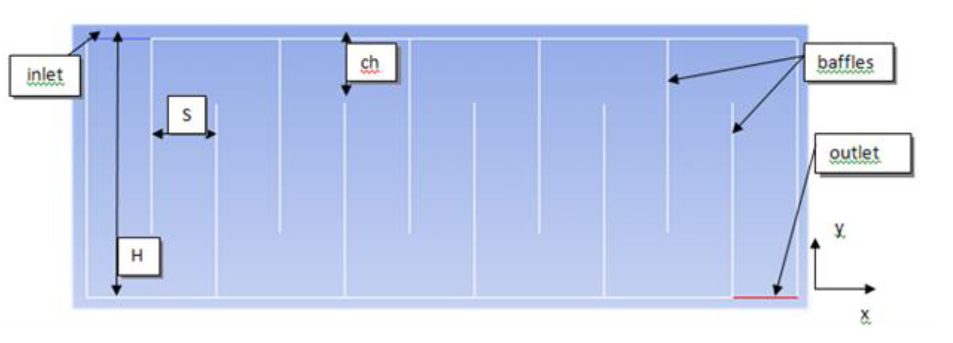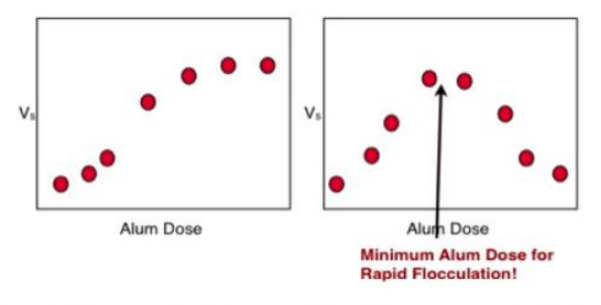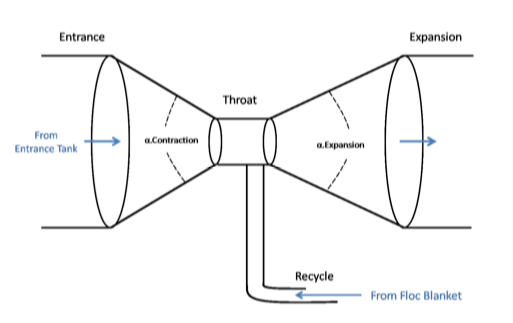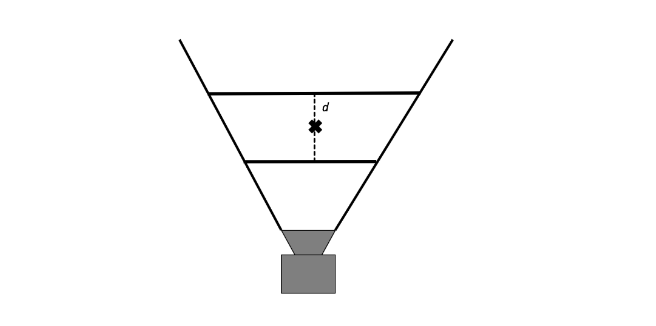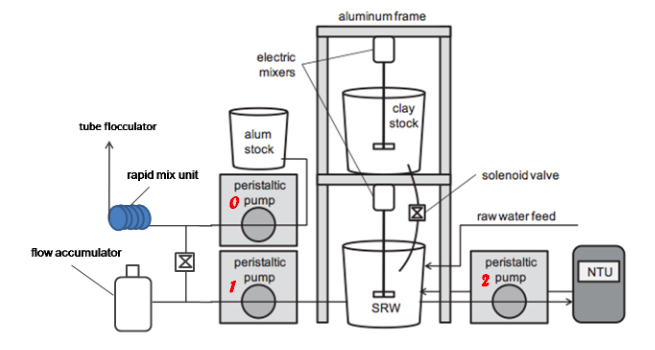Karen Alison Swetland, Patience Ruijia Li
Abstract
During the fall 2009 semester, the main focus of the Rapid Mix Tube subteam was the development and design of a rapid mix tube system to provide adequate large and small-scale mixing of alum with the raw water source entering the plant. The system developed in the fall 2009 semester is designed for the Agalteca plant, but the ultimate design can be modified to fit into future AguaClara plants and even fit into existing plants to improve rapid mix . The design of the system evolved multiple times throughout the semester, and the current system was developed to improve upon the main problem of those initial designs: access to the small scale rapid mix orifice to clean it in case of clogging. The design of the tube was thus tailored to fix this problem, and a MathCAD file calculating orifice sizes and head loss through the system was developed. A built prototype model of the rapid mix tube was also constructed to provide a model for the construction of the rapid mix tube system, and a series of experiments (to be run using FReTA) was also designed to test the effect of the rapid mix tube system on the effluent water turbidity and to determine the need for the rapid mix tube system.







